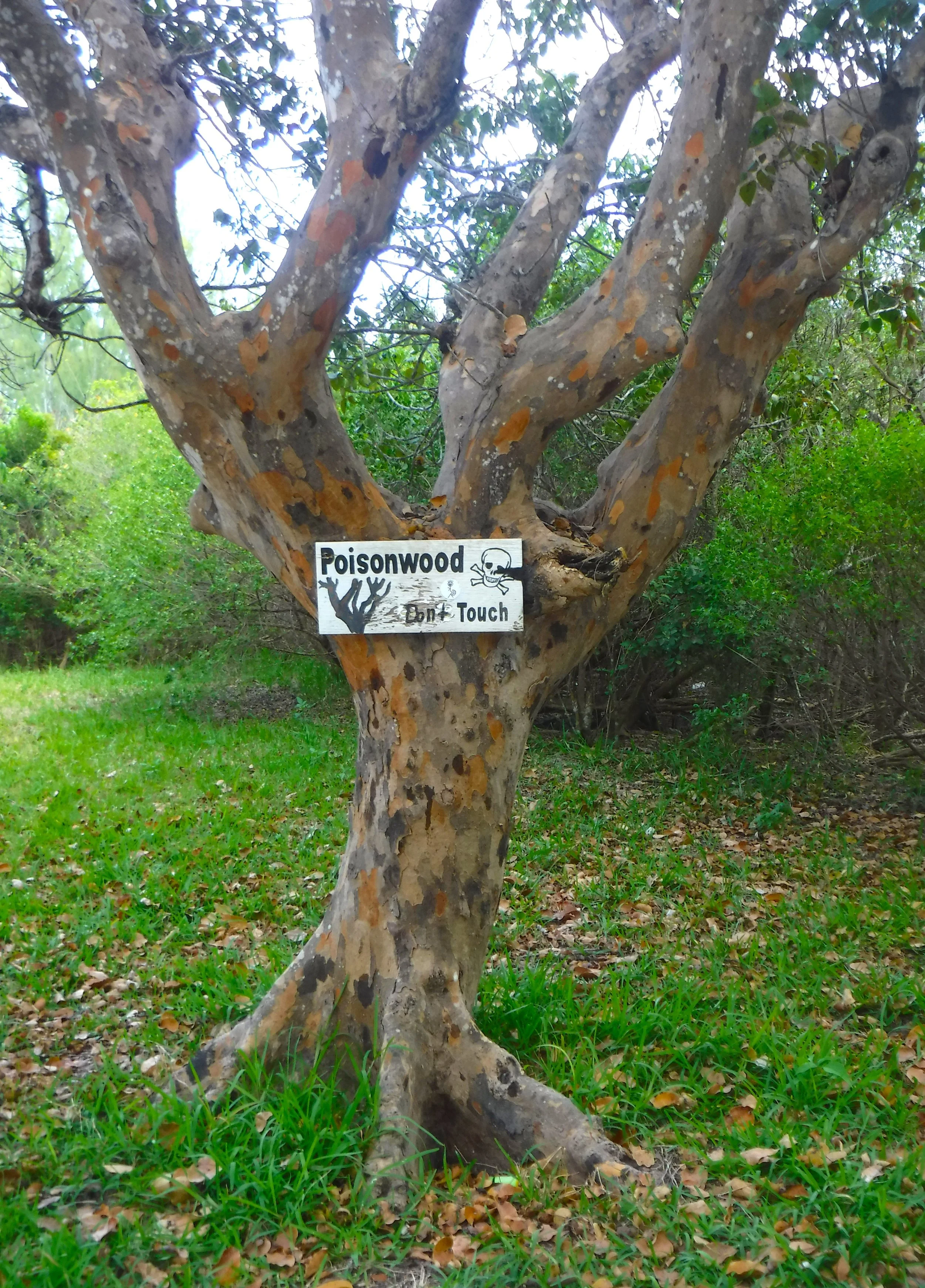Seven years ago we also left the Abacos, headed to Beaufort, North Carolina. We had three friends aboard to help with the passage, the kids flew back to the US with my parents. But for a variety of reasons (inexperience, crew friction, seasickness, bad advice) we spent two nights at sea and only got as far as St. Augustine. So we were curious/nervous about whether or not the trip would work out this time.
For the past few months we’ve been learning more about offshore route planning. There is a lot to take into account: wind, waves, Gulf Stream currents, watch schedules, meal preparation. We also realized that Cupcake doesn’t carry enough diesel to motor for the entire 500 mile trip. So we gave away some of our gasoline in an effort to free up another 5 gallon jerry can. Ultimately we managed to find room for 35 gallons of diesel in jerry cans to supplement the 22 gallons in the tank. Even with the 57 gallons aboard, I was concerned that we might not have enough fuel if we had to motor into wind and seas the entire trip. Of course, we wouldn’t have planned a trip where that would happen, but one must be prepared.
Using both fastseas.com and data from our friends on Charis who were leaving at the same time, we settled on our route, loaded it into the GPS, and went to bed Sunday night.
Monday we awoke at 5am, had breakfast, finished stowing gear on the boat, and hoisted anchor. We were out into the open ocean by 6am on a beautiful reach.
The first day we made great time, sailing fast and comfortably as we made our way (we hoped) towards the currents that would boost us along to North Carolina.
Let me say this about Florida: it is big. Took us much more than a full day to get to a latitude north of the Florida/Georgia border.
The watch schedule we settled on was pretty straightforward. Ellen did not want to stand watch at night. So Christopher and I divided the dark hours between us. Given the choice, I said I would prefer to start my watch at dusk and avoid waking up at midnight or 1am and jumping into action. So that was the deal. After dinner, Christopher went to bed, Ellen and Moss hung around in the cockpit until they got tired (usually around 9pm) then I drove the boat until 12:30 or 1am when Christopher took over. He drove until 4:30 or 5am when Ellen came up to take over until breakfast. For the most part, we were all hanging around the cockpit during the day if we weren’t napping.
My first night watch was a pretty exciting one. Because I wanted to keep an eye on any vessels around us and because I wanted to keep an eye on some squalls up ahead of us, I fired up the radar. As it happens, Charis never really showed up on our radar. They were either just below the horizon or were not presenting a big enough target for the radar to pick out. We were always within VHF range, although sometimes it was a little difficult to make them out.
In any event, as we closed in on the squalls, I started seeing lots more lightning. But when lightning was not flashing, I could not see anything. Couldn’t see the waves, couldn’t see the clouds, couldn’t see the stars. Couldn’t see anything. It was, as they say, a dark and stormy night.
When we hit the squall line, the wind started howling and pushed the bow about 90 degrees off course. In the dark, the new heading completely disoriented me, confused the autopilot, and freaked out the crew below. Ellen and Christopher quickly suited up in their foul weather gear, poked their heads out into the cockpit, and when I told them I had things well in hand, gratefully retreated below. I spent an exciting hour or two driving in the wind and lashing rain. After my initial disorientation I learned the best way to steer into the seas and was able to keep us on course. The sails were furled well ahead of the weather, so we were motoring in the dark, making only about 3.5 knots of progress. Prior to the squalls, we had been sailing at a comfortable 6 knots.
Eventually my stint at the wheel was over, the rain stopped, and Christopher took over for the remainder of the night. I went below, soaked to the skin, made him a pot of coffee, crawled into the v-berth and fell asleep immediately.
The next few days were a blur of limitless blue seas and often magnificent sailing. Once we hit the Gulf Stream our speed swiftly increased to 6 then 7 then 8, 9, ultimately touching 11 knots. We were able to tweak our course through the Gulf Stream by watching the fluctuations in the water temperature. If we saw the temperature start to drop lower than 77.5 degrees, we knew we were slipping out of the main current and would adjust the course east or west in an effort to find the warm heart of the stream.

































































